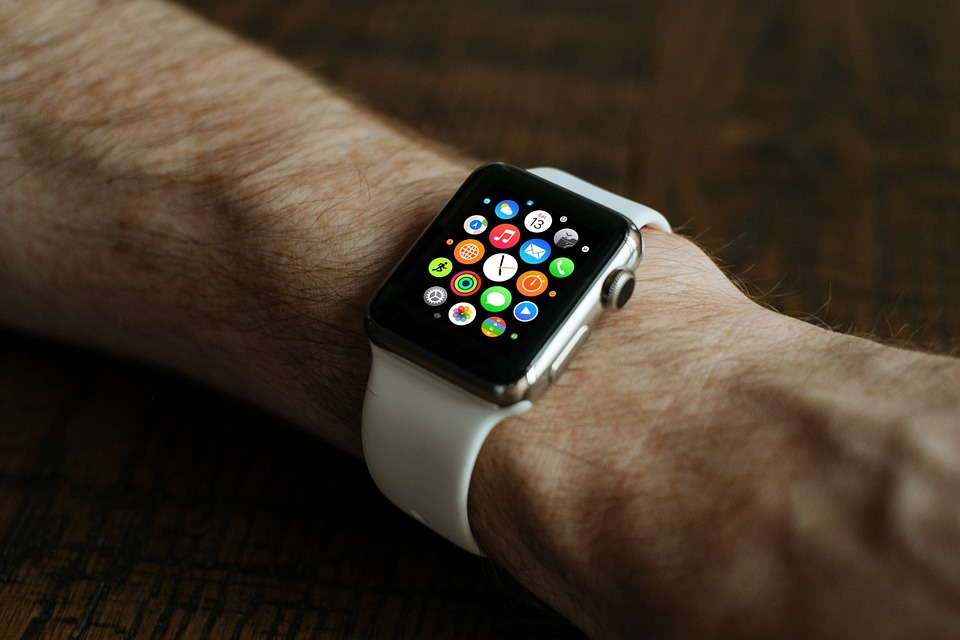
When the iPhone SDK came out in 2008, developers struggled to find the right balance. They had Mac apps with tons of great features, but not all of those features made sense on iPhones of the time. Apple gave some guidance, suggesting to developers that they aggressively pare down their apps’ feature sets in the transition from OS X to iOS. As time went on, iOS apps have become more full-featured than those initial apps, especially with the introduction of the iPad, but OS X apps are still, by nature, more complex.
“Focus your effort on the parts of your app that can save your users time—that’s why they bought the watch in the first place”
The Apple Watch and its WatchKit SDK bring us to another such point in time. Not every single feature makes sense to bring from your iPhone app to its WatchKit extension, and some just flat out don’t belong. If your app is an RSS reader, for instance, your users aren’t going to be reading long-form think pieces on their wrists during their morning commute; they’ll just pull out their iPhones for that. That doesn’t mean that an RSS reader shouldn’t have a WatchKit extension, though—users might want to skim headlines on their watches, saving interesting ones to their reading lists or marking uninteresting articles as read. Other app types might want to bring every feature to the watch if every feature makes sense. So the question is how you pare down the features of an existing iPhone app to those that make sense on the watch.
Think about your app in the context of the watch. Do you have features that would excel on a smaller screen? Quick, easy-to-navigate pieces of information are key here. If your app does light messaging, an inbox is a perfect addition to it. If your app is an RSS reader, on the other hand, full-length feeds aren’t as compelling. Focus your effort on the parts of your app that can save your users time—that’s why they bought the watch in the first place.
Often, it’s a good idea to incorporate only the best-fitting part of your app’s feature in the watch app. If your app allows its users to change the temperature in their homes as well as schedule recurring temperature changes, consider showing only the controls for adjusting the current temperature. Since you know users can do more advanced changes on their iPhones, it’s a great way to focus and make a more streamlined interface. Apple Watch interactions are measured in seconds, not minutes, and trying to cram everything from your app onto a tiny screen can result in frustrated users and your app being uninstalled from your users’ watches.